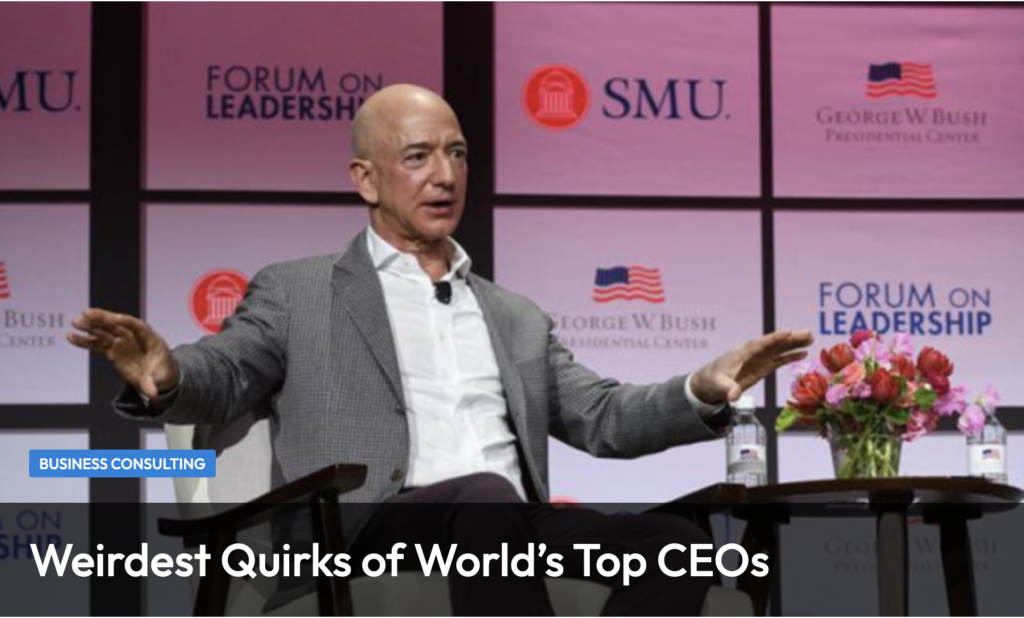In the world of marketing, two terms that are often used interchangeably are inbound marketing and content marketing. While they share the common goal of attracting and engaging leads, they have distinct approaches and strategies. In this article, we will delve into the key differences between inbound marketing and content marketing, exploring their unique characteristics and benefits and how they can be effectively implemented to drive growth and success for your business.
What is Inbound Marketing?
Inbound marketing is a comprehensive and integrated strategy that focuses on attracting customers through relevant and helpful content and interactions. Unlike traditional marketing methods that rely on interruptive tactics, such as cold calling and unsolicited emails, inbound marketing aims to provide value to customers, allowing them to make informed decisions on their terms.
The core philosophy of inbound marketing is based on the belief that customers are more receptive to targeted offers and calls to action when they actively seek information. By creating compelling content and leveraging various channels like social media, search engines, and promotions, businesses can naturally draw prospects toward their brand.
The Holistic Approach of Inbound Marketing
Inbound marketing takes a holistic approach, considering every touchpoint in the customer journey. It encompasses a range of tactics and strategies that work together to attract, engage, and nurture leads until they are ready to make a purchase. Some key components of inbound marketing include:
- Blogging: Creating informative and valuable blog posts to educate and engage your target audience.
- Social Media Marketing: Leveraging social media platforms to share content, interact with customers, and build brand awareness.
- Search Engine Optimization (SEO): Optimizing your website and content to improve visibility and organic search rankings.
- Web Design: Ensuring your website is user-friendly, visually appealing, and optimized for conversions.
- PPC Advertising: Running targeted pay-per-click campaigns to drive traffic and generate leads.
- Email Marketing: Sending permission-based emails to nurture leads and build relationships with customers.
- And more: Inbound marketing incorporates a wide range of tactics tailored to your specific business and target audience.
The Flywheel Model: Putting Customers at the Center
A key aspect of inbound marketing is the adoption of the flywheel model, pioneered by HubSpot. This model emphasizes the importance of delivering an exceptional customer experience, recognizing that the success of customers directly contributes to the success of the business.
The flywheel represents the customer journey, with three main stages: attract, engage, and delight. Attracting customers involves creating compelling content and optimizing it for search engines to draw in the right audience. Engaging customers focuses on building relationships, providing exceptional customer service, and solution selling rather than product selling. Lastly, delighting customers involves going above and beyond to ensure their satisfaction, offering support, and actively listening to their feedback.
By putting customers at the center and prioritizing their needs throughout the entire journey, businesses can create a positive feedback loop, where delighted customers become brand advocates, leading to sustained growth and success.
What is Content Marketing?
Content marketing is a strategic approach that focuses on creating and distributing valuable, relevant, and consistent content to attract and retain a clearly defined audience. The goal of content marketing is to provide information and insights that educate, entertain, or solve problems for the target audience, ultimately building trust and loyalty.
Content marketing recognizes that customers are more likely to engage with a brand that consistently delivers valuable content. Whether it’s blog articles, podcasts, infographics, or e-books, businesses can leverage various forms of content to establish themselves as industry experts and build meaningful relationships with their audience.
The Power of Valuable and Engaging Content
The essence of content marketing lies in the belief that when businesses consistently deliver useful and relevant information to customers, they are rewarded with their business and loyalty. By addressing the questions, concerns, and pain points of your target customers through your content, you establish yourself as a trusted resource, encouraging them to return for more.
Content marketing allows businesses to showcase their expertise, provide solutions, and engage with their audience on a deeper level. By creating content that aligns with the interests and needs of your target audience, you can naturally attract inbound traffic and increase brand awareness.
Comparing Inbound Marketing and Content Marketing
While inbound marketing and content marketing are closely related and often used in conjunction, there are key differences that set them apart. Let’s explore the main distinctions between the two strategies.
Focus and Scope
Inbound marketing is a comprehensive and integrated marketing strategy that encompasses a wide range of tactics and channels. It takes into account every stage of the customer journey, from attracting prospects to engaging and delighting customers. Inbound marketing is concerned with the overall customer experience and aims to build long-term relationships.
On the other hand, content marketing is a specific component of inbound marketing. It focuses primarily on creating and distributing valuable content to attract and engage the target audience. Content marketing plays a crucial role in inbound marketing by providing the fuel to attract inbound traffic and nurture leads.
Objective and Approach
The objective of inbound marketing is to attract, engage, and delight customers by providing relevant and helpful content and interactions. It aims to provide value and build trust with customers at every stage of their journey, ultimately driving conversions and customer loyalty.
In contrast, the objective of content marketing is to create and distribute valuable content that educates, entertains, or solves problems for the target audience. Content marketing is a more focused approach that aims to establish thought leadership, build brand authority, and nurture relationships through valuable content.
Integration and Strategy
Inbound marketing integrates various tactics and strategies to create a seamless customer experience. It leverages channels like social media, search engines, email marketing, and more to attract, engage, and delight customers. Inbound marketing requires a comprehensive and coordinated strategy that aligns all the components to achieve the desired outcomes.
Content marketing, while a crucial part of inbound marketing, can also be implemented as a standalone strategy. It focuses specifically on creating and distributing valuable content to attract and engage the target audience. Content marketing strategies may include creating a content calendar, conducting keyword research, optimizing content for SEO, and leveraging various distribution channels.

Leveraging Inbound Content Marketing for Business Success
Inbound content marketing combines the strengths of both inbound marketing and content marketing to achieve optimal results. By integrating content marketing into your overall inbound marketing strategy, you can attract and engage your target audience effectively. Here are some key considerations for leveraging inbound content marketing for business success:
Define Your Target Audience
To create compelling content that resonates with your audience, it’s crucial to have a clear understanding of who your target audience is. Conduct thorough market research to identify their demographics, preferences, pain points, and interests. This will help you tailor your content to address their specific needs and provide value.
Develop a Content Strategy
A well-defined content strategy will guide your content creation efforts and ensure consistency and relevancy. Identify the types of content that will resonate with your audience, such as blog posts, videos, infographics, or case studies. Determine the topics and keywords that align with your audience’s interests and optimize your content for search engines.
Create Engaging and Valuable Content
Focus on creating content that provides genuine value to your audience. Offer insights, tips, and solutions that address their pain points and challenges. Use storytelling techniques to engage your audience and make your content more relatable and memorable. Incorporate visuals, such as images and videos, to enhance the overall experience.
Distribute and Promote Your Content
Creating great content is only half the battle. To maximize its impact, you need to distribute and promote it effectively. Leverage various channels, such as social media platforms, email newsletters, and industry publications, to reach your target audience. Engage with your audience through comments, shares, and likes to foster relationships and encourage interaction.
Measure and Analyze Results
Regularly assess the performance of your inbound content marketing efforts to identify what is working and what needs improvement. Monitor key metrics, such as website traffic, engagement rates, conversion rates, and customer feedback. Use analytics tools to gain insights into audience behavior and preferences, allowing you to refine your strategy and optimize your content accordingly.
Conclusion
Inbound content marketing combines the power of inbound marketing and content marketing to attract, engage, and delight customers. While inbound marketing takes a holistic approach to creating exceptional customer experiences, content marketing focuses specifically on creating valuable content to engage and nurture leads.
By understanding the key differences between inbound marketing and content marketing, businesses can develop comprehensive strategies that leverage both approaches effectively. By defining your target audience, developing a content strategy, creating engaging content, and promoting it through various channels, you can drive growth and success for your business.
Remember, inbound content marketing is not a one-size-fits-all solution. It requires continuous evaluation, adaptation, and refinement to ensure its effectiveness. By staying attuned to your audience’s needs and preferences and consistently delivering valuable content, you can build strong relationships, establish thought leadership, and drive sustainable business growth.
So, embrace the power of inbound content marketing and embark on a journey that will attract, engage, and delight your customers, propelling your business to new heights of success.






